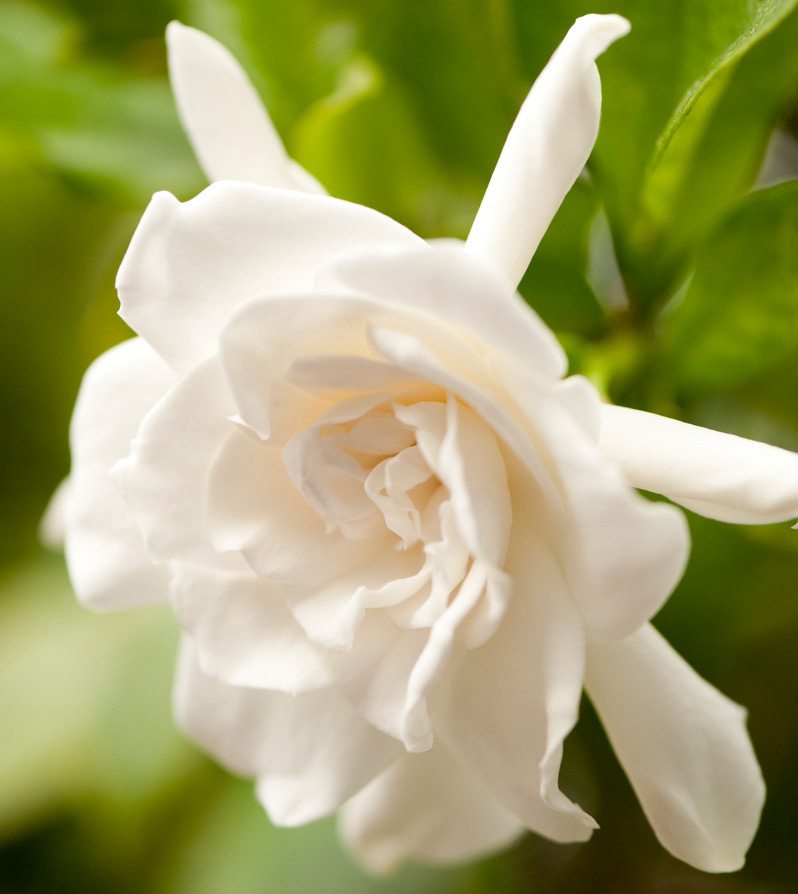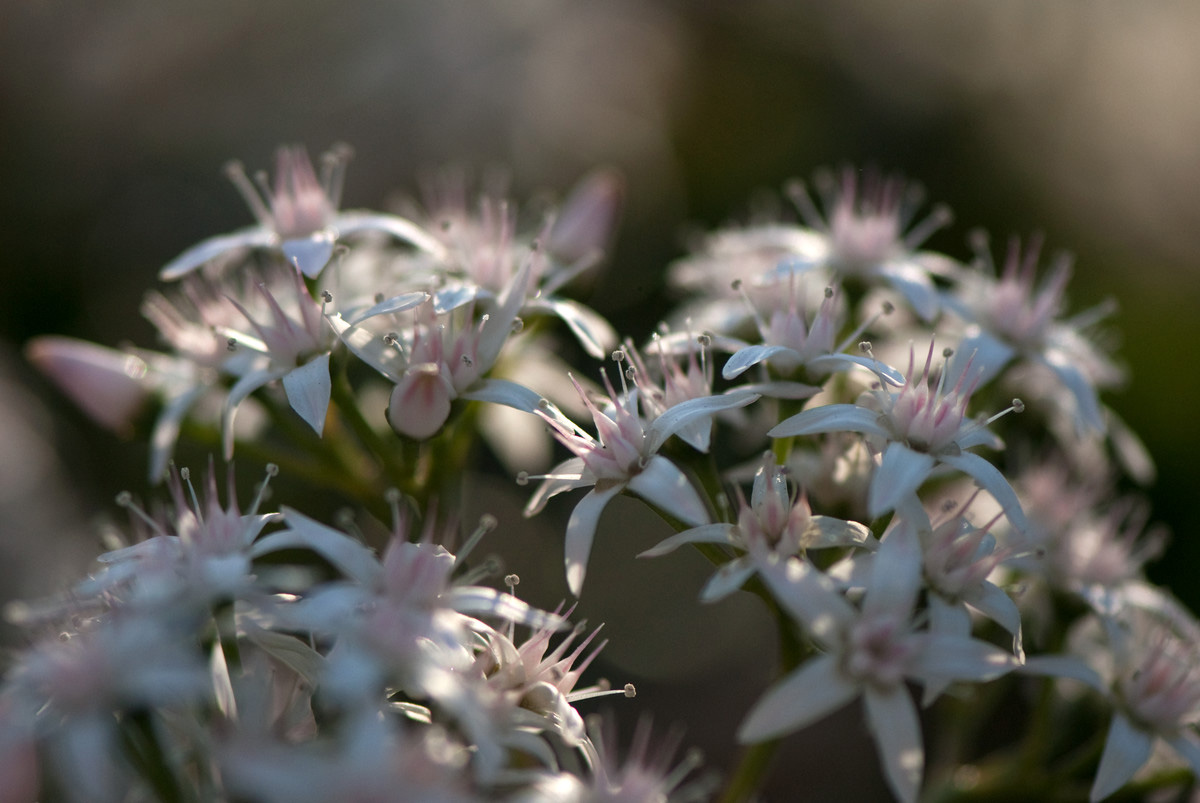Houseplants 102
Posted in Horticulture on January 29 2015, by Sonia Uyterhoeven
Sonia Uyterhoeven is NYBG‘s Gardener for Public Education.

Last week we discussed some houseplant basics—covering light and water. This week we will look at a few more important factors for successfully growing indoor plants.
Let’s turn the heat down…
As general rule, most houseplants do best when grown at a daytime temperature between 65 and 75 degrees Fahrenheit and at a night time temperature that is 10 to 15 degrees cooler at 50 to 65 degrees Fahrenheit. Many plants require a 10-degree temperature fluctuation to grow and flower successfully.
Your house is full of microclimates. Locations near windows may be sunny during the winter, but they are also cool (usually 10 degrees colder than the center of the room). In the summer, a south-facing window can get too hot for plants. Your alternatives are to open the window to let the air circulate or invest in a sheer curtain to block the intense rays of the summer sun. Investigate your home’s microclimates in order to place your plants in the best spots.
Some plants such as Clivia miniata and Dendrobium nobile need specific care in order to flower properly. They need a resting period in the fall which lasts for approximately 3 months. During this time fertilizing is stopped, watering is reduced and they are placed in a cool (45 to 65 degrees Fahrenheit) location in full sun.
If the orchid—the dendrobium—doesn’t receive this temperature drop, it will often produce baby plants (Keikis) instead of flowering. The bush or Kaffir lily protests by not extending the flower stem upwards and the blooms hide in its foliage. You will also notice that your jade plant (Crassula) also flowers best when it realizes that the seasons are changing.
Moisture matters…
Humidity is just as important as temperature for growing healthy plants. In the summer the humidity in your home is probably between 30 to 50%. When your central heating comes on in the winter, the humidity drops to 10 to 20%—about the same as a desert. Tropical houseplants will need some assistance in these adverse conditions.
Several ways to help your plants are:
- Group plants together—plants transpire (release water) and will raise the humidity in their general area
- Create a drywell—place plants on a pebble tray and add water to the tray so that the water level rests just under the tops of the stones or pebbles. You do not want the pots submerged in water
- Invest in a humidifier—it is not only good for the plants, it is good for you too
You will know if your plants are in need of some remedial care if the tips of the leaves are starting to brown or if the flower buds collapse before they get a chance to bloom. Remember that plants do not like sudden changes in temperature or cold or warm blasts of air. Keep them away from the dry heat of the heater and away from the cool dry air of the air conditioner.
Some household favorites such as the Christmas cactus (Schlumbergera) are very sensitive when in bud. Their buds will drop before they open if the humidity is too low or the temperatures are too high. They look easy compared with gardenias (Gardenia) who demand high humidity in order to thrive in your home.

Time for a healthy diet…
Food—or more aptly, fertilizer—is an important topic. Potting soil generally contains enough nutrients to last a plant for two months. After two months, you will need to start fertilizing. There are two main types of fertilizers: water-soluble and time-release. Choose the one that fits your schedule and your lifestyle. Time-release fertilizers are good for busy, forgetful gardeners, while water-soluble fertilizers are perfect for people who love to fuss over their plants or have control issues.
Here are some simple rules for fertilizing:
- Less is more – when in doubt give your houseplants less fertilizer than more. The fertilizer’s label often suggests the maximum amount – they are in the business of selling fertilizer. You can dilute the dosage by half and they will be fine. You don’t have to dilute organic fertilizer
- Over-fertilizing is worse than under-fertilizing
- Never fertilize a plant with a compromised root system. It is struggling to establish new roots and most fertilizers are heavy in salts. It will be detrimental to the rejuvenation process
- Do not fertilize your plant immediately after you have re-potted them. You have just preformed minor surgery. Give the patient a few weeks to recuperate by not fertilizing and keep your plant out of bright sun until it settles back into its new home
- Change with the seasons. Growth in many plants will slow down in the winter; slow down the fertilizer as well. They are not pushing growth at that time of year. Don’t fertilize plants that are going through a dormant or resting phase
Last week, I mentioned that I spoke to Mobee Weinstein, a Foreman at the Garden and an avid houseplant grower. She told me that with most of her plants she gives them an organic fertilizer which provides not only macronutrients, but also trace nutrients. She stops fertilizing in October and only resumes in March when the plants are actively pushing growth. She fertilizes her plants anywhere from once a month to once every two to three months, addressing their fertilizing needs on a case by case basis.
While she stays away from fish emulsion because it stinks, she will use liquid kelp which doesn’t have the strong odor. A few of her plants have special needs. She has a lime tree which has different feeding requirements from the rest of her plants, particularly if she wants it to fruit; she gives her lime special treatment which includes iron chelate that is recommended for citrus.
Getting your hands dirty…
One of the most overlooked yet important ingredients for houseplant success is soil. Plants get nutrients, water, and stability from their potting mix. The structure of the mix is important; plants generally need good drainage. Never use soil from your garden, it is usually too heavy and contains weeds and pests that could harm your plant.
There are many good potting soils on the market. There are soil-based mixes (sterilized) and soil-less mixtures (that tend to be peat based). Soil-based mixes are heavier and suitable for larger plants that need weight in the containers. Soil-less mixes are lighter.
Many ingredients go into potting soils and the one you choose should depend on what you are growing. Peat moss is light-weight with good water retention; charcoal absorbs toxins; coarse perlite and/or vermiculite are added for drainage and aeration; coarse or sharp sand is added for drainage; sphagnum moss aides in water retention; fir bark is good for drainage—and the list goes on. You will not find all of these ingredients together in one mix, but find the combination that works best for you and your plant.
With the tips that I have provided over the past two weeks, I think you are probably well-equipped to embark on a project to green up your home. Remember to not just grab the first pretty thing that comes your way—do some research on the plant’s growing requirements and make sure that it is a good match for your home.


Comprehensive and Easy to Follow Suggestions. Thank you, Sonia